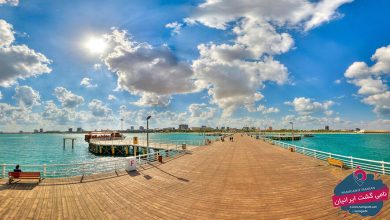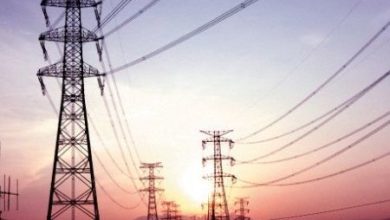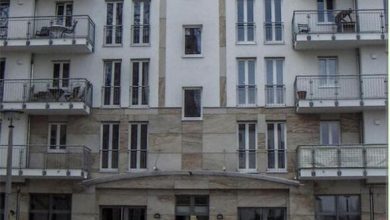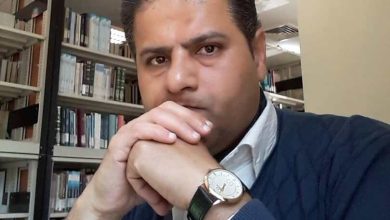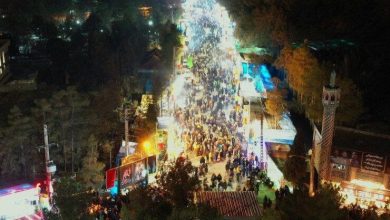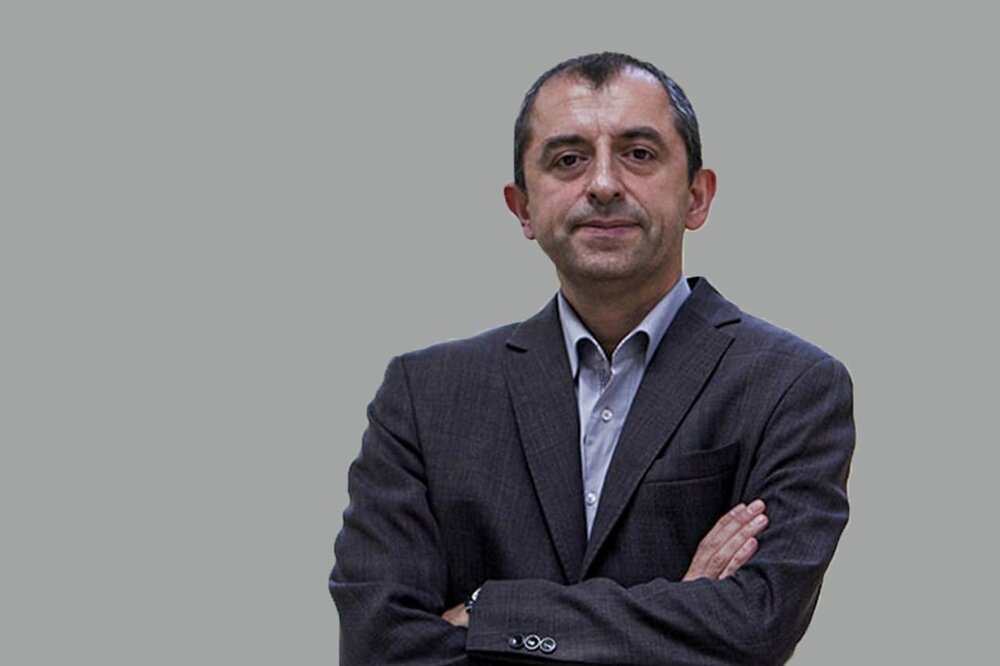
In 1401, the population was estimated to be around 85 million people. From 1365 to 1401, about 36 million people were added to the population of Iran. In other words, the population of Iran under the age of 36 is about 36 million. According to the 2019 population pyramid estimate, the highest concentration in the current population pyramid is associated with the age group from 26 to 36 years.
The population between the ages of 20 and 36 (born in 2001 and 2015) is approximately 17 million people. About 4.95 million people (about 5 million people, about 29 percent) are unemployed. In the period from 1381 to 1401, about 19 million people were added to the country’s population. (Children from newborn to age 20).
In the years 1375 to 1375, about 4 million people were added, from 1385 to 1395, about 10 million people, and from 1396 to 1401, about 4 million people were added to the literate (one person with a university education). Therefore, in the past 26 years, about 18 million young people have obtained a university degree from one of the top schools in Iran.
Mobile phones and the use of mobile phones have been developed in Iran since about 1375, and the global use of the Internet and mobile internet has gradually taken place since about 1380.
Most of the users of new and modern means of communication are young people under the age of 40 (about 45 million people out of the country’s total population of 85 million in 1401, 53% of the total population). Since about 1400, most of Iran’s population was born after the revolution. The population of 20-40 year olds in this country is around 26 million people and the 20-30 year old population is estimated to be around 12 million people.
The aspirations and beliefs of this group of young people are shaped and maintained through various media – often during the period of non-formal education – along with the country’s population over the age of 40. These populations’ expectations, expectations, and how to persuade them naturally vary.
During the years from 1377 to 1401 about 25 million Iranians immigrated to the country, and about 70% of them migrated from villages to cities. During this period, Iran experienced the most severe drought in the past 50 years. The drying up of most of the inland lakes and the sharp drop in the groundwater level in Iran are associated with this period. Residents’ discontent has also been reported in cities that are the origin or destination of water diversion projects in the same time period. In other words, in new cities and towns, we are facing a new population, about 18 million of whom have settled in cities or their suburbs over the past 26 years. It is estimated that there are about 12 million marginal residents in Iran, of whom about 10 million are directly facing problems related to the water crisis.
If the challenges of all the diversity of Iranian society are not identified and acknowledged, the challenges of the future will be more complex and difficult than those of today.
6565
